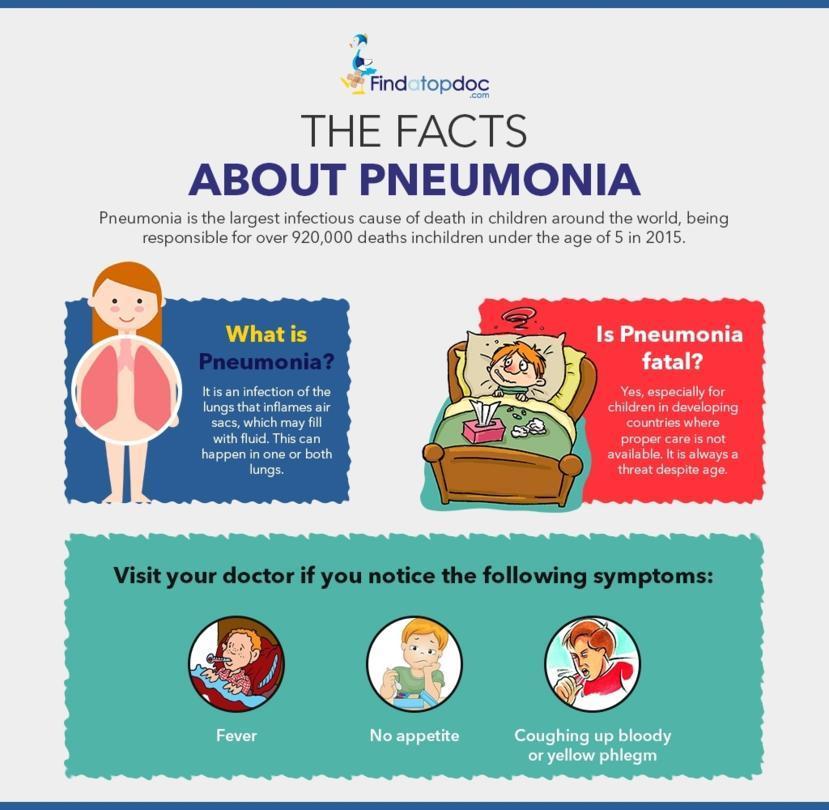Unravel the mystery behind walking pneumonia and discover why this lesser-known illness is often misunderstood by many. Dig deeper now!
Table of Contents
Introduction: The Mystery Behind Walking Pneumonia
Walking pneumonia, often misconceived and overlooked, is a peculiar respiratory condition that puzzles many. In this article, we delve into the enigmatic world of walking pneumonia, unraveling why it’s frequently misunderstood and shedding light on its unique characteristics.
Despite its misleading name, walking pneumonia isn’t as innocuous as it may sound. Unlike typical pneumonia that confines individuals to bed rest, walking pneumonia allows patients to continue with their daily activities, albeit with mild symptoms that can easily be dismissed.
Let’s embark on a journey to uncover the mysteries surrounding walking pneumonia and understand why it’s crucial not to underestimate its impact on our health.
What Is Walking Pneumonia?
Walking pneumonia is a mild form of pneumonia that people can have without needing to stay in bed or go to the hospital. Unlike regular pneumonia, which can make you really sick and require strong medications, walking pneumonia allows you to keep going about your daily activities as usual.
The Basics of Walking Pneumonia
Walking pneumonia is caused by bacteria or viruses that infect your lungs and make it hard for them to function properly. When you have walking pneumonia, you might experience symptoms like coughing, fever, and feeling tired. These symptoms are usually milder than those of regular pneumonia, but it’s still important to see a doctor to get the right treatment.
Common Symptoms of Walking Pneumonia
Walking pneumonia can often be tricky to spot because its symptoms can mimic those of other common illnesses. Here are some signs that might indicate someone has walking pneumonia:
/medriva/media/media_files/0868bfd164d53dfca92fc026dec7b89509e1655516f50582aeb2eb5fee45be68.jpg)
Image courtesy of via Google Images
How to Spot Walking Pneumonia
One of the main symptoms of walking pneumonia is a persistent cough that produces a small amount of mucus, which might be yellow or green in color. This cough can linger for weeks and may worsen at night or when lying down. Additionally, individuals with walking pneumonia might experience chest pain when breathing deeply or coughing.
Another key symptom of walking pneumonia is fatigue, feeling more tired than usual even after getting enough rest. This can make it hard to go about daily activities without feeling exhausted. Some people might also have a low-grade fever, which is a slight increase in body temperature that can come and go.
In some cases, individuals with walking pneumonia might also have a sore throat, similar to what you might experience with a cold. However, unlike a cold, walking pneumonia typically does not cause a runny nose or congestion. It’s important to remember that not everyone with walking pneumonia will have all of these symptoms, and they can vary from person to person.
How Walking Pneumonia Is Different
Walking pneumonia is not your typical respiratory illness. Unlike a common cold that might give you a cold sore on your lip, walking pneumonia presents itself in a unique way.
Not Your Typical Cold
When you have walking pneumonia, you may experience symptoms like a persistent cough, chest pain, and difficulty breathing. These symptoms can be quite different from those of a cold with a cold sore on the lip. While a cold can cause a sore on your lip, walking pneumonia affects your respiratory system, making it harder to breathe and causing discomfort in your chest.
Why People Confuse Walking Pneumonia With Other Ailments
Walking pneumonia can be tricky to identify because its symptoms can be similar to other health issues, leading to confusion among patients. Let’s explore why people often mistake walking pneumonia for conditions like acid reflux or lactose intolerance.
| Common Misconceptions | Explanation |
|---|---|
| It is not serious | While walking pneumonia is usually milder than typical pneumonia, it can still cause complications if left untreated. |
| It doesn’t require treatment | Walking pneumonia is still a respiratory infection that should be treated to prevent spreading to others and prevent complication. |
| It is not contagious | Walking pneumonia is contagious and can easily spread through respiratory droplets. |
| It is the same as a common cold | Walking pneumonia is caused by bacteria or viruses, while a common cold is usually caused by a virus. |
| It only affects older adults | Walking pneumonia can affect people of all ages, although it is more common in children and young adults. |

Image courtesy of via Google Images
Similar Symptoms
One reason why walking pneumonia is commonly misunderstood is that some of its symptoms, such as coughing or shortness of breath, can also be present in other ailments like acid reflux or lactose intolerance. This overlap in symptoms can make it challenging to pinpoint the exact cause of the discomfort.
Subtle Nature
Another factor that contributes to the confusion is the mild nature of walking pneumonia. Unlike regular pneumonia, which typically presents with more severe symptoms, walking pneumonia can be subtle and easily mistaken for a less serious condition. This subtlety can delay proper diagnosis and treatment.
Delayed Onset
Walking pneumonia symptoms may not manifest immediately after exposure to the bacteria or virus causing the infection. This delayed onset can make it hard to connect the symptoms with the actual illness, leading individuals to attribute their discomfort to unrelated issues like acid reflux or lactose intolerance.
Damn the Misconceptions!
Walking pneumonia can be a tricky condition to understand, especially since its symptoms can often be confused with other ailments. Let’s dive into some of the misconceptions surrounding this illness and set the record straight.
Walking Pneumonia Isn’t a Walk in the Park
Contrary to its name, walking pneumonia is not a leisurely stroll in the park. It’s a mild form of pneumonia that can still make you feel pretty under the weather. While regular pneumonia usually knocks you off your feet, walking pneumonia allows you to carry on with your daily activities, albeit with some discomfort.
Don’t Be Fooled by Cold Sores
One common mix-up is confusing walking pneumonia with a cold sore, especially when the symptoms include a persistent cough and shortness of breath. Unlike a cold sore on your lip, which is caused by the herpes simplex virus, walking pneumonia is a bacterial infection that affects your lungs.
It’s essential to differentiate between the two and seek the right treatment to ensure a speedy recovery.





